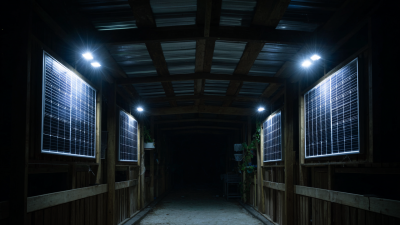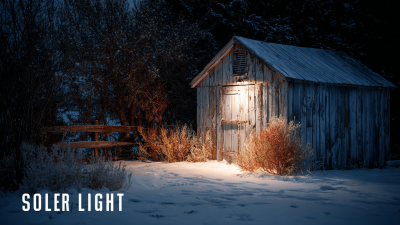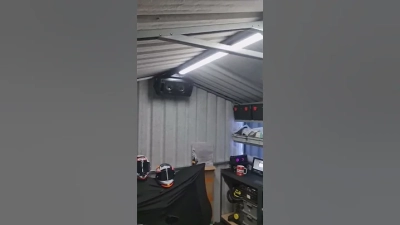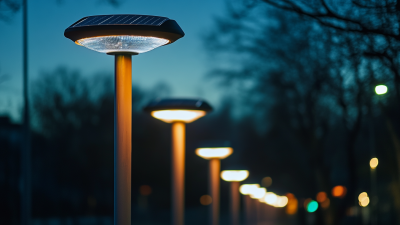How to Maximize Efficiency with Solar Shed Light for Your Outdoor Space
In the pursuit of maximizing efficiency in outdoor spaces, solar shed light emerges as a pivotal solution for homeowners and outdoor enthusiasts alike.
With estimates suggesting that the global solar lighting market is expected to reach USD 21.6 billion by 2026, driven by rising energy costs and increasing environmental awareness, the adoption of solar-powered technologies is gaining momentum.
Solar shed lighting not only provides a sustainable solution to illuminate gardens, sheds, and pathways but also significantly reduces electricity expenses and carbon footprints.
According to the International Renewable Energy Agency, switching to solar lighting can cut energy-related emissions by 40%, contributing to a greener planet while enhancing the functionality of outdoor areas.
As we explore how to effectively integrate solar shed light into your outdoor environment, the potential benefits become clear, transforming underutilized spaces into vibrant, efficient areas for relaxation and productivity.
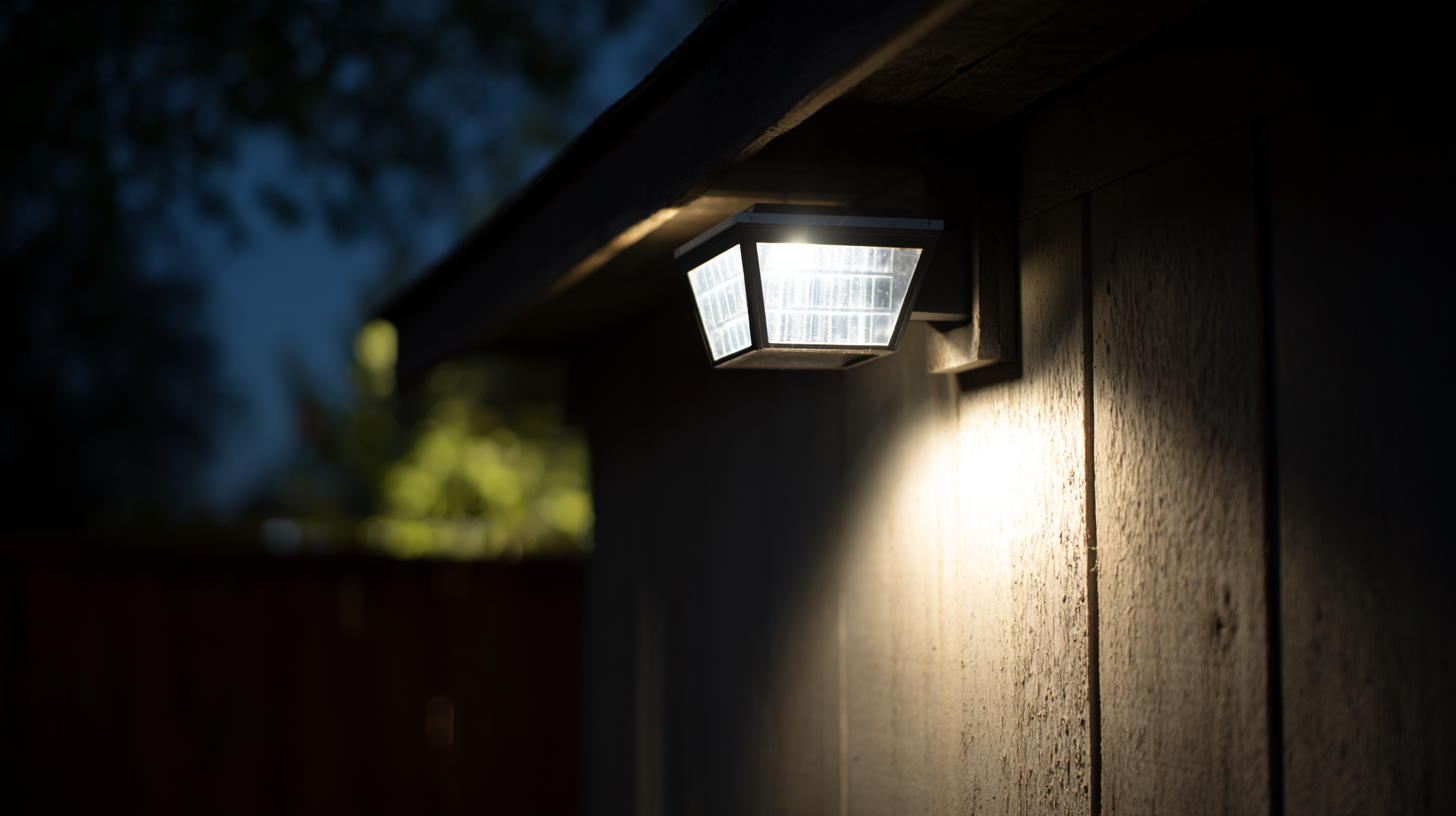
Choosing the Right Solar Shed Light for Your Specific Outdoor Needs
When choosing the right solar shed light for your specific outdoor needs, it's essential to consider several factors to maximize efficiency. According to a report by the Solar Energy Industries Association, solar lighting can reduce energy costs by up to 70% compared to traditional lighting methods. Understanding your outdoor space's requirements, such as size, location, and usage, will help you select the ideal solar shed light.
**Tips:** Assess the area you want to illuminate and determine the amount of light necessary. For larger spaces or areas requiring consistent lighting, opt for solar lights with higher lumens (typically between 500 to 1000) to ensure adequate brightness. Additionally, look for models with adjustable solar panels, as this flexibility allows you to position them for optimal sunlight exposure, maximizing charging efficiency.
Another vital consideration is the battery capacity of the solar light. Studies indicate that lights with lithium-ion batteries may offer longer service life and better performance than those with lead-acid batteries, providing up to 5-10 hours of illumination per charge. Ensure you choose a model with a battery life that meets your outdoor lighting needs, especially during longer nights or cloudy weather.
Understanding the Installation Process for Maximum Light Distribution
When considering the installation of solar shed lights, understanding the process is crucial for achieving maximum light distribution. The first step involves selecting the right location for your solar light, ensuring it receives optimal sunlight during the day. Ideally, the unit should be placed in an area free from obstructions like trees or buildings, which can cast shadows and reduce solar energy absorption. Additionally, consider the angle of placement; positioning the light facing south can enhance sunlight exposure, improving charging efficiency.
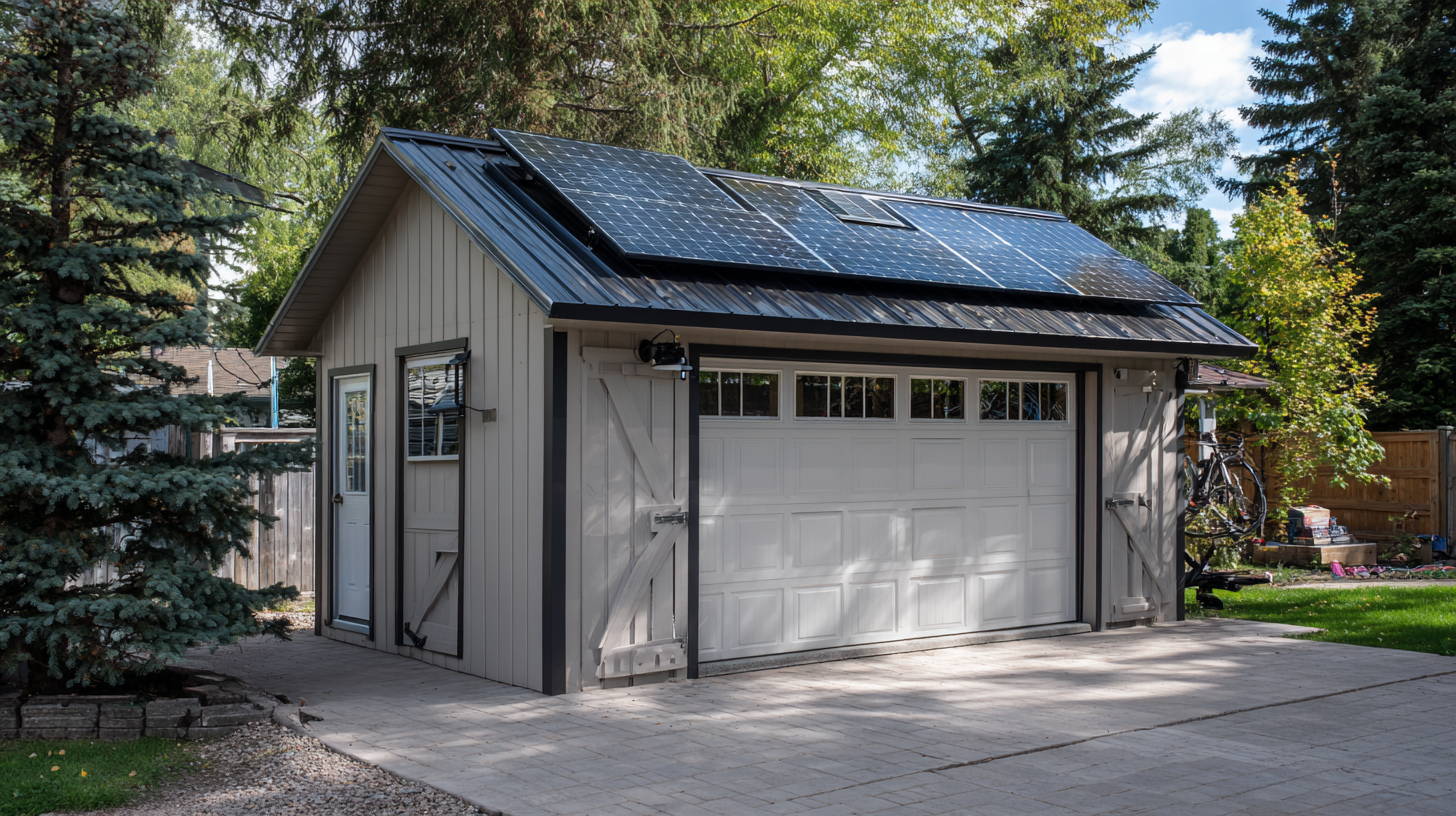
Once the location is determined, the installation process typically includes securing the mounting bracket to a solid surface. For a shed, this might entail using screws or anchors to ensure stability. It’s essential to follow the manufacturer's instructions for connecting the light fixture and any wiring involved. After installation, adjusting the light's angle is necessary to target specific areas you wish to illuminate. This step greatly influences the effectiveness of light distribution across your outdoor space, allowing you to enjoy a well-lit environment while maximizing energy efficiency.
Optimizing Solar Panel Placement for Enhanced Charging Efficiency
To achieve enhanced charging efficiency for solar shed lights in outdoor spaces, the strategic placement of solar panels is paramount. A comparative analysis highlights the effectiveness of two solar photovoltaic control methods—direct coupling and Maximum Power Point Tracking (MPPT)—for optimizing energy output in standalone PV systems. Utilizing MPPT can significantly improve solar energy capture, aiming to meet sustainable energy demands more effectively. Implementing MPPT can enhance energy efficiency by up to 20%, making it a preferred method for solar installations aimed at maximizing energy utilization.
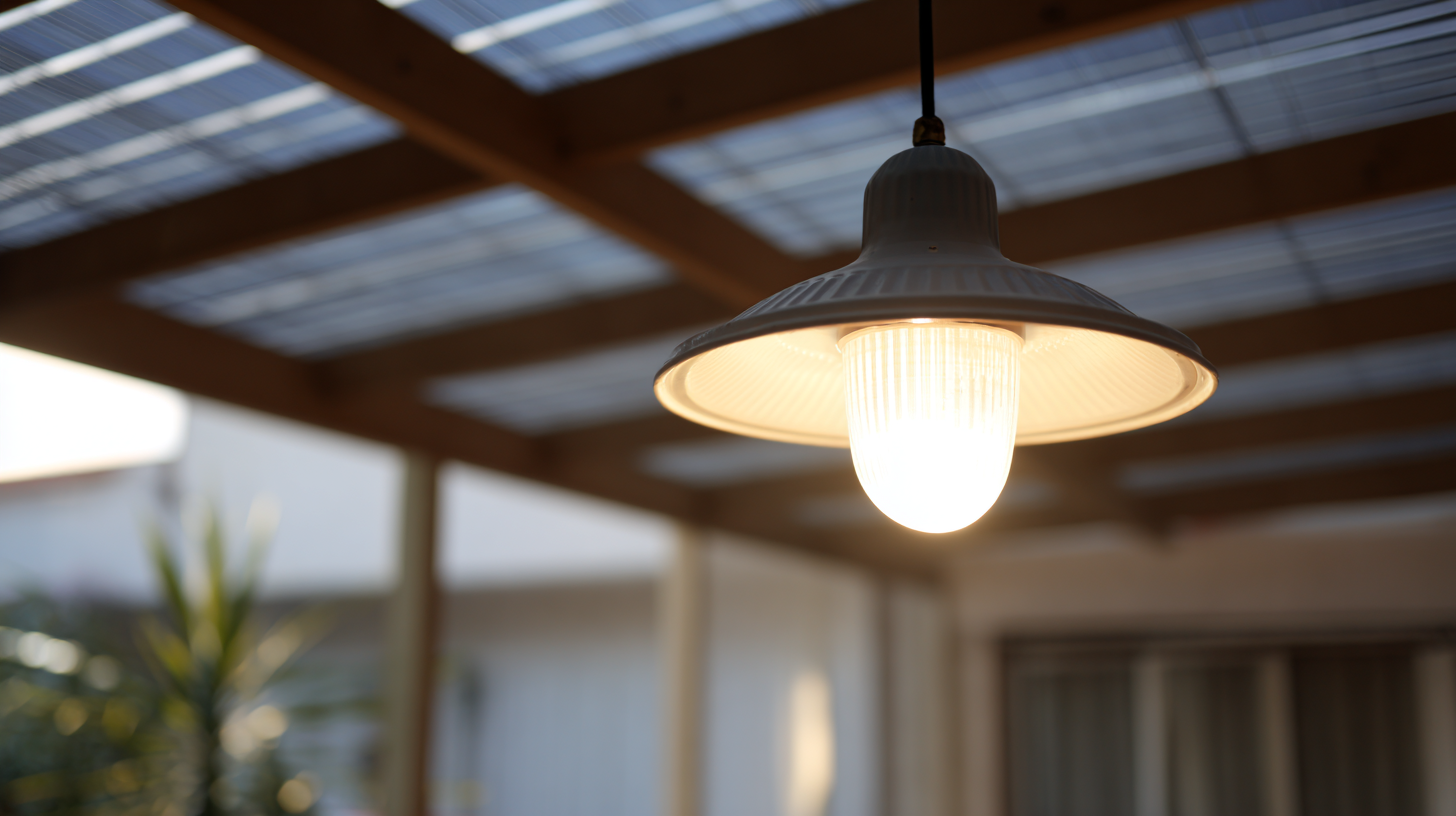
Furthermore, aligning solar panels optimally can increase energy generation significantly. Recent studies indicate that properly sizing and positioning solar photovoltaic distributed generation units within distribution networks can elevate overall system performance. The jellyfish search algorithm has been successfully employed to optimize the placement of these solar units, showing promise in combining solar resources with electric vehicle (EV) integration in residential areas. By optimizing solar panel placement, outdoor solar applications can capitalize on peak sunlight hours, ensuring that solar shed lights achieve optimal charging and operational efficiency, thereby enhancing the overall performance of energy management systems in homes.
Utilizing Motion Sensors and Timers to Conserve Energy
Incorporating motion sensors and timers into solar shed lights can significantly enhance energy efficiency in your outdoor space. Motion sensors are designed to detect movement within a certain range, activating the solar lights only when needed. This means that lights will illuminate the area as you approach, saving energy by remaining off during periods of inactivity. By customizing the sensitivity settings, homeowners can ensure that the lights react appropriately to foot traffic while avoiding unnecessary triggers from wildlife or passing cars.
Timers further complement this energy-saving strategy by allowing you to set specific operating hours for your solar shed lights. By programming the lights to activate during twilight and turn off at a predetermined time, energy consumption can be minimized. This capability ensures that your outdoor space remains well-lit when necessary, without the lights burning throughout the night. Together, these technologies not only conserve energy but also provide a more controlled and efficient lighting experience, making your outdoor area functional and inviting while reducing your carbon footprint.
Maintaining Your Solar Shed Light System for Long-Term Performance
To ensure your solar shed light system operates at peak efficiency over the long term, regular maintenance is crucial. Start by routinely cleaning the solar panels. Dust, debris, and snow can accumulate and obstruct sunlight, significantly reducing their energy absorption. A simple wash with water and a soft cloth can keep the panels clear. Additionally, inspect for any physical damage, such as cracks or loose connections, and address these issues immediately to prevent further impairment.
Another essential aspect of maintaining your solar shed light system is monitoring the battery health. Over time, batteries can lose their efficiency, so it's important to check them periodically. Replace batteries that show signs of deterioration to ensure uninterrupted performance. Additionally, consider the positioning of your solar lights. Regularly assess that they are in an optimal location for receiving sunlight, adjusting if necessary. By following these maintenance tips, you can extend the life of your solar shed lighting, ensuring it remains a reliable source of illumination for your outdoor space.




